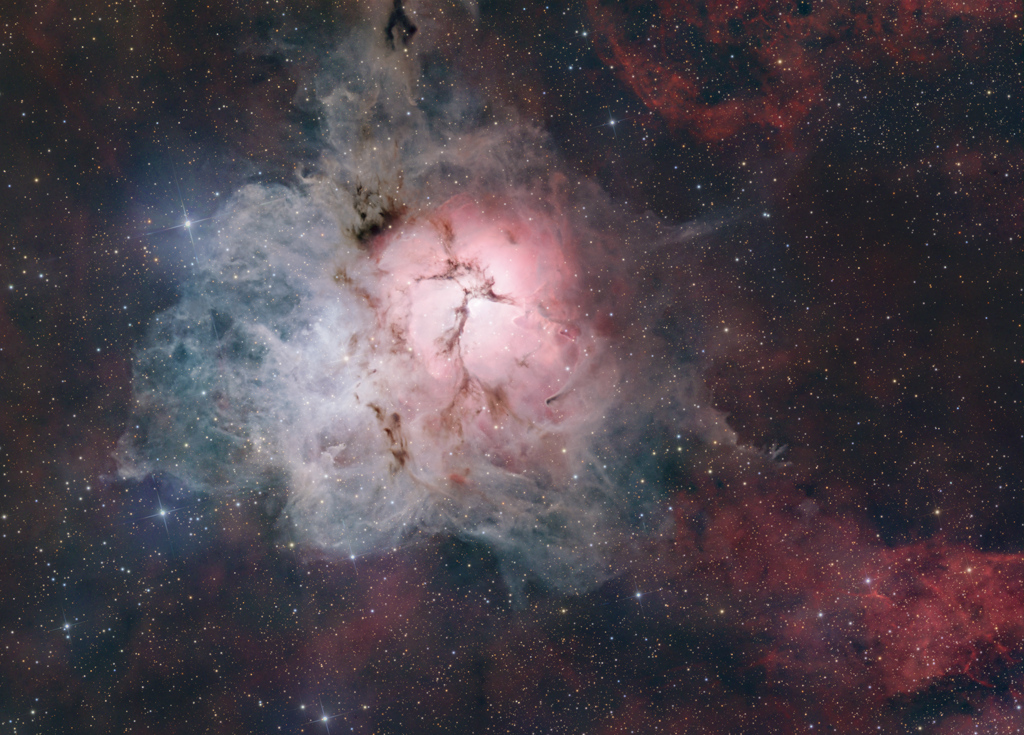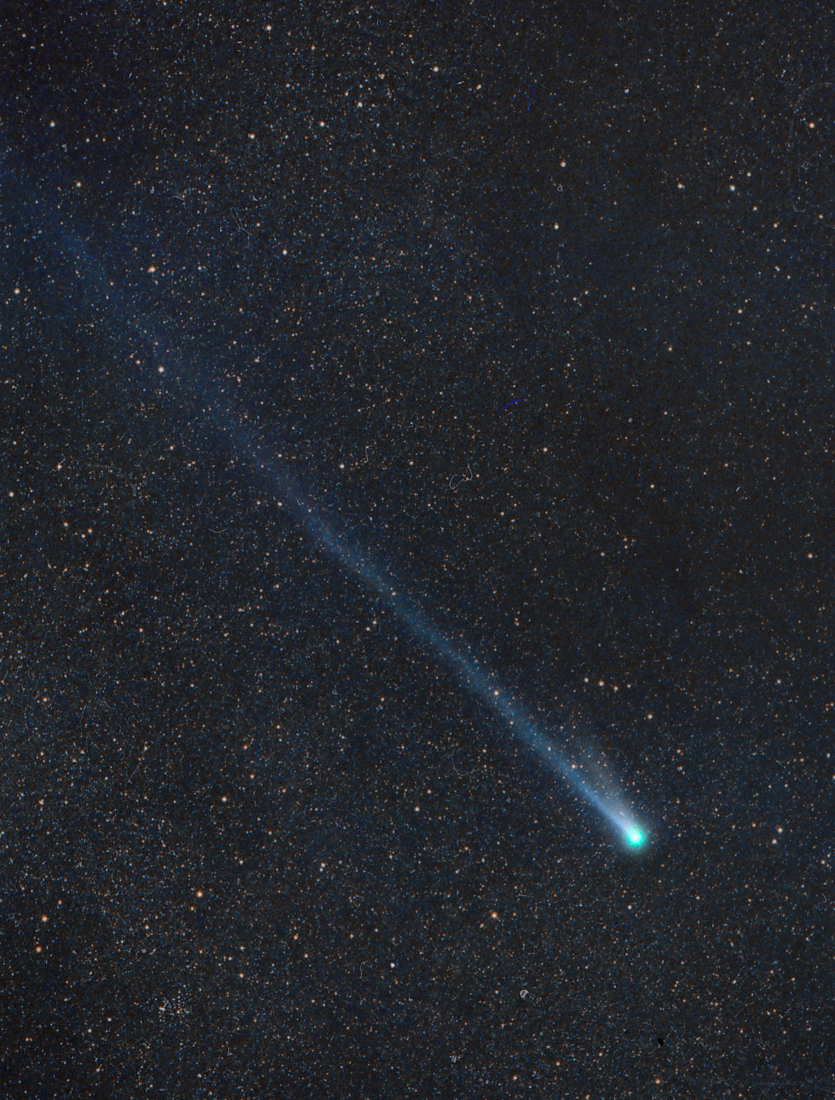Blog
John Arthur “Johnny” Van Derrick (* 11 August 1926 in Ealing; † 15 May 1995 in Denham, Buckinghamshire) was a British Jazz violinist, who also worked as session musician in pop music.
Van Derrick was introduced to music by his father, a Dutch cornet player. He attended the conservatory in Brussels, and until the outbreak of the Second World War he received a classical musical training. In London during the war he played trumpet in dance bands, initially Louis Mexano’s Accordion Band, before joining the merchant navy. In the post-war years he played trumpet in the dance bands of Maurice Winnick and Lou Preager. Subsequently, he took violin lessons with his mentor Sascha Lasserson and played in the Halle Orchestra, before setting up as a freelance musician. He appeared with Roy Fox and Geraldo, and in the early 1960s played in the Diz Disley String Quintet, with which he made his first recording (At the Jazz Band Ball), as well as with Tubby Hayes, Gary Potter and the Jack Toogood Swingtet. In 1976, after serious illness, he was able to start working again.
more...Jess Alexandria Stacy (born Jesse Alexander Stacy;August 11, 1904 – January 1, 1995) was an American jazz pianist who gained prominence during the swing era. He may be best remembered for his years with the Benny Goodman band during the late 1930s, particularly his performance at Goodman’s 1938 concert at Carnegie Hall.
Jess Stacy was born in Bird’s Point, Missouri, a small town across the Mississippi River from Cairo, Illinois, to Frederick Lee Stacy, a railroad engineer, and Sara (Alexander) Stacy, a seamstress. His first piano teacher was Mabel Irene Bailey, who played piano for silent movies.
more...Messier 20, popularly known as the Trifid Nebula, lies about 5,000 light-years away toward the nebula rich constellation Sagittarius. A star forming region in the plane of our galaxy, the Trifid does illustrate three different types of astronomical nebulae; red emission nebulae dominated by light from hydrogen atoms, blue reflection nebulae produced by dust reflecting starlight, and dark nebulae where dense dust clouds appear in silhouette. The reddish emission region, roughly separated into three parts by obscuring dust lanes, is what lends the Trifid itspopular name. The cosmic cloud complex is over 40 light-years across and would cover the area of a full moon on planet Earth’s sky. But the Trifid Nebula is too faint to be seen by the unaided eye. Over 75 hours of image data captured under dark night skies was used to create this stunning telescopic view.

Ian Scott Anderson MBE (born 10 August 1947) is a British musician best known for his work as the singer, flautist, acoustic guitarist, primary songwriter, and sole continuous member of the rock band Jethro Tull. He is a multi-instrumentalist who also plays harmonica, keyboards, bass guitar, bouzouki, balalaika, saxophoneand a variety of whistles. His solo work began with Walk into Light in 1983; since then he has released another five albums, including the sequel to the 1972 Jethro Tull album Thick as a Brick, titled TaaB 2: Whatever Happened to Gerald Bostock? (2012).
more...Clarence Leonidas Fender (August 10, 1909 – March 21, 1991 Anaheim, CA) was an American inventor and founder of the Fender Musical Instruments Corporation.
Fender designed the company’s iconic early instruments: the Fender Telecaster, the first mass-produced solid-body electric guitar; the Fender Stratocaster, among the most iconic electric guitars; and the Fender Precision Bass, which set the standard for electric basses. He also designed the Fender Bassman amplifier, which became the archetype for later amplifiers (notably by Marshall and Mesa Boogie) that dominated rock and roll music. Fender, who was not a guitarist himself, was inducted into the Rock and Roll Hall of Fame in 1992.
more...Charles H. Israels (born August 10, 1936) is an American jazz composer, arranger, and bassist who is best known for his work with the Bill Evans Trio. He has also worked with Billie Holiday, Benny Goodman, Coleman Hawkins, Stan Getz, Herbie Hancock, J. J. Johnson, John Coltrane, and Judy Collins. He has won one Grammy in 2020 for his work on mezzo-sopranoJoyce DiDonato‘s album “Songplay”.
Born in New York City, Chuck Israels was raised in a musical family which moved to Cleveland, Ohio, when he was 10. His stepfather Mordecai Bauman was a singer who performed extensively with composer Hanns Eisler. He, along with Israels’ mother, Irma Commanday, created a home environment in which music was a part of normal daily activity. Paul Robeson, Pete Seeger, and The Weavers were visitors to the Bauman home. In 1948, the appearance of Louis Armstrong‘s All Stars in a concert series produced by his parents gave him his first opportunity to meet and hear jazz musicians.
In college, Israels had the opportunity to perform with Billie Holiday. His first professional job after college was working with pianist Bud Powell in Paris. His first professional recording was Stereo Drive (aka Coltrane Time) with John Coltrane, Cecil Taylor, Kenny Dorham, and Louis Hayes. The recording showcased Israels as a composer with his composition “Double Clutching”. Israels is best known for his work with the Bill Evans Trio from 1961 through 1966, having replaced the deceased Scott LaFaro, and for the Jazz Repertory as Director of the National Jazz Ensemble from 1973 to 1981. He made recordings with Kronos Quartet and Rosemary Clooney in 1985. He was the Director of Jazz Studies at Western Washington University in Bellingham, Washington until 2010. In 2011, he created the Chuck Israels Jazz Orchestra and recorded Second Wind: A Tribute to the Music of Bill Evans in 2013. In 2020 Chuck Israels received a GRAMMY for his work on mezzo-sopranoJoyce DiDonato‘s album “Songplay”.
more...Gertrude E. “Trudy” Pitts (August 10, 1932 – December 19, 2010) was an American soul jazz keyboardist from Philadelphia, Pennsylvania. She was known primarily for playing the Hammond B3 organ.
Trained as a musician and a music educator, Pitts studied at the Philadelphia Musical Academy (now the University of the Arts), Temple University, and Juilliard, as well as other institutions. Early work experience included a position as an assistant to the pianist in the Tony Award-winning musical Raisin.
more...Friday August 9th 2024 6pm Shabbat service with Inbal-Sharett-Singer, Jayson Rodovsky, Jeff Bailey, Pete Whitman and mick laBriola.
more...Denizens of planet Earth typically watch meteor showers by looking up. But this remarkable view, captured on August 13, 2011 by astronaut Ron Garan, caught a Perseid meteor by looking down. From Garan’s perspective on board the International Space Station orbiting at an altitude of about 380 kilometers, the Perseid meteors streak below, swept up dust from comet Swift-Tuttle. The vaporizing comet dust grains are traveling at about 60 kilometers per second through the denser atmosphere around 100 kilometers above Earth’s surface. In this case, the foreshortened meteor flash is near frame center, below the curving limb of the Earth and a layer of greenish airglow, just below bright star Arcturus. Want to look up at a meteor shower? You’re in luck, as the 2024 Perseid meteor shower is active now and predicted to peak near August 12. With interfering bright moonlight absent, this year you’ll likely see many Perseid meteors under clear, dark skies after midnight.

Jack DeJohnette (born August 9, 1942) is an American jazz drummer, pianist, and composer.
Known for his extensive work as leader and sideman for musicians including Charles Lloyd, Freddie Hubbard, Keith Jarrett, Bill Evans, John Abercrombie, Alice Coltrane, Sonny Rollins, Miles Davis, Joe Henderson, Michael Brecker, Pat Metheny, Herbie Hancock and John Scofield, DeJohnette was inducted into the Modern Drummer Hall of Fame in 2007. He has won two Grammy Awards and been nominated for five other.
DeJohnette was born in Chicago, Illinois, to Jack DeJohnette (1911–2011) and Eva Jeanette DeJohnette (née Wood, 1918–1984). Although of predominantly African-American heritage, he has stated that he has some Native American ancestry, specifically Seminole and Crow. He began his musical career as a pianist, studying from age four with Antoinette Rich, the leader of an all-female symphony orchestra in Chicago, and first playing professionally at the age of 14. When Jack was 13, he switched to drums and was taught drumming techniques from a local jazz drummer, Bobby Miller Jr, who lived in the same neighborhood. DeJohnette credits his uncle, Roy Wood Sr. (1915–1995), a Chicago disc jockey and vice president/co-founder of the National Black Network of Black Broadcasters, as his inspiration to play music.
more...Edward Rudolph “Butch” Warren Jr. (August 9, 1939 – October 5, 2013) was an American jazz bassist who was active during the 1950s and 1960.
Warren’s mother was a typist at the CIA. His father, Edward Sr., was an electronics technician who played piano and organ part-time in clubs in Washington, D.C; his uncle, Quentin — actually the same age as Butch — played guitar. The Warren home was often visited by jazz musicians Billy Hart, Jimmy Smith, and Stuff Smith. The first time Butch Warren played bass was at home on an instrument left by Billy Taylor, who had played bass for Duke Ellington. Warren has cited Jimmy Blanton, the innovative and virtuoso bassist with Ellington from 1939 to 1941, as his biggest inspiration.
Warren began playing professionally at age 14 in a Washington, D.C. band led by his father. He later worked with other local groups, including that of Stuff Smith, as well as with altoist and bandleader Rick Henderson at the Howard Theatre.
more...The core of the Tangos is the letra, three or four octosyllabic lines. As with the Bulerías, the the first line is often repeated, and the repeated lines are balanced by a longer consequent phrase.
Before a letra a Tangos may open with a guitar falseta or an estribillo, in which the singer sings a traditional melody with nonsense syllables (“le le le, ni, ni, etc.). The estribillo may return throughout the piece as a chorus after a letra.
Once the letra begins it can be broken up several times with remates performed by the dancer. This usually occurs between the first and second line of the letra, and often occurs more frequently, giving the dance a improvisatory air.
Thus, the letras themselves can be further broken up with remates or escobillas from the dancer or with guitar falsetas. A dancer may also choose to perform a long footwork passage accompanied by compás patterns from the guitarist and palmista (an escobilla performed “a palo seco” or dry, without guitar accompaniment).
As in Bulerías, Tangos can end with a cierre – a closing pattern – that is based on a different set of chords than the letras. The dancer can also perform a cue (llamada) that leads into a traveling exit – a salida.
more...A Halley-type comet with an orbital period of about 133 years, Comet 109P/Swift-Tuttle is recognized as the parent of the annual Perseid Meteor Shower. The comet’s last visit to the inner Solar System was in 1992. Then, it did not become easily visible to the naked eye, but it did become bright enough to see from most locations with binoculars and small telescopes. This stunning color image of Swift-Tuttle’s greenish coma, long ion tail and dust tail was recorded using film on November 24, 1992. That was about 16 days after the large periodic comet’s closest approach to Earth. Comet Swift-Tuttle is expected to next make an impressive appearance in night skies in 2126. Meanwhile, dusty cometary debris left along the orbit of Swift-Tuttle will continue to be swept up creating planet Earth’s best-known July and August meteor shower.

More Posts
- Albert Collins Day
- World Music with Enya
- Daily Roots with Carl Dawkins
- The Cosmos with Belt of Orion
- Antonio Hart Day
- Oscar Pettiford Day
- Buddy Rich Day
- World Music with Braima Galissá
- Daily Roots with the Techniques
- Pippin Final Performance
- The Cosmos with MyCn 18
- Roy Campbell Jr Day
- Jean-Luc Ponty Day
- World Music with Charumathi Raghuraman
- Daily Roots with Chuck and Dobby
- Pippin
- The Cosmos with NGC 2442
- Kenny Kirkland Day
- Victor Jara Day
- John Gilmore Day
